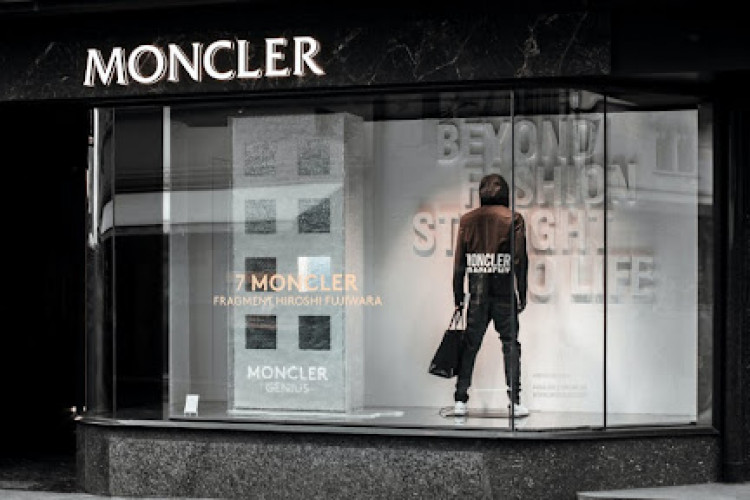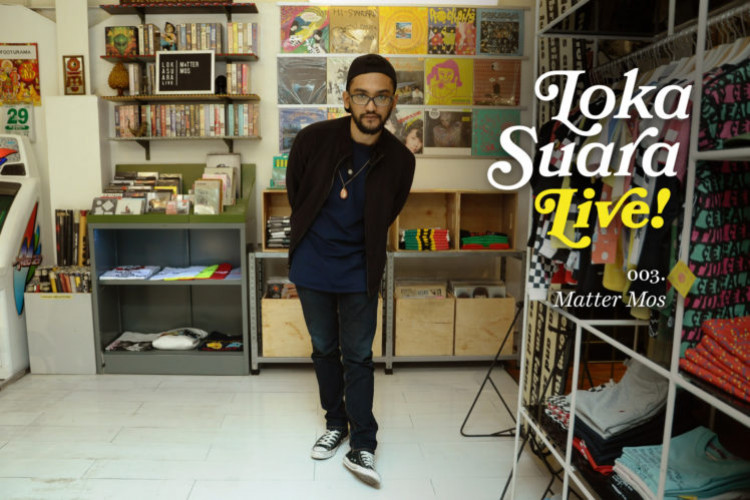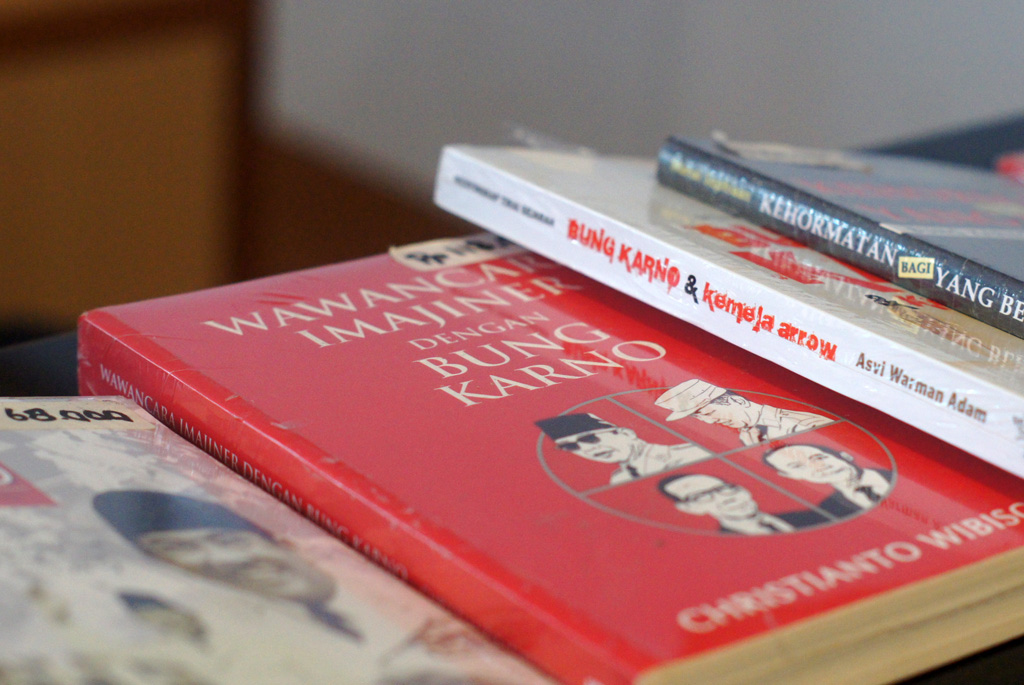
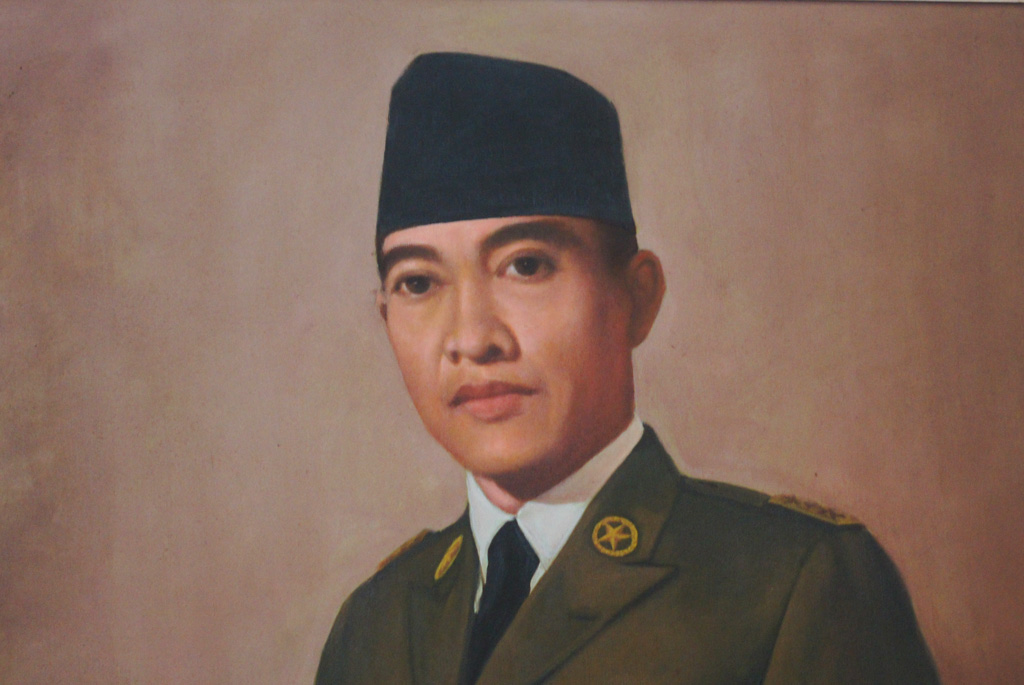
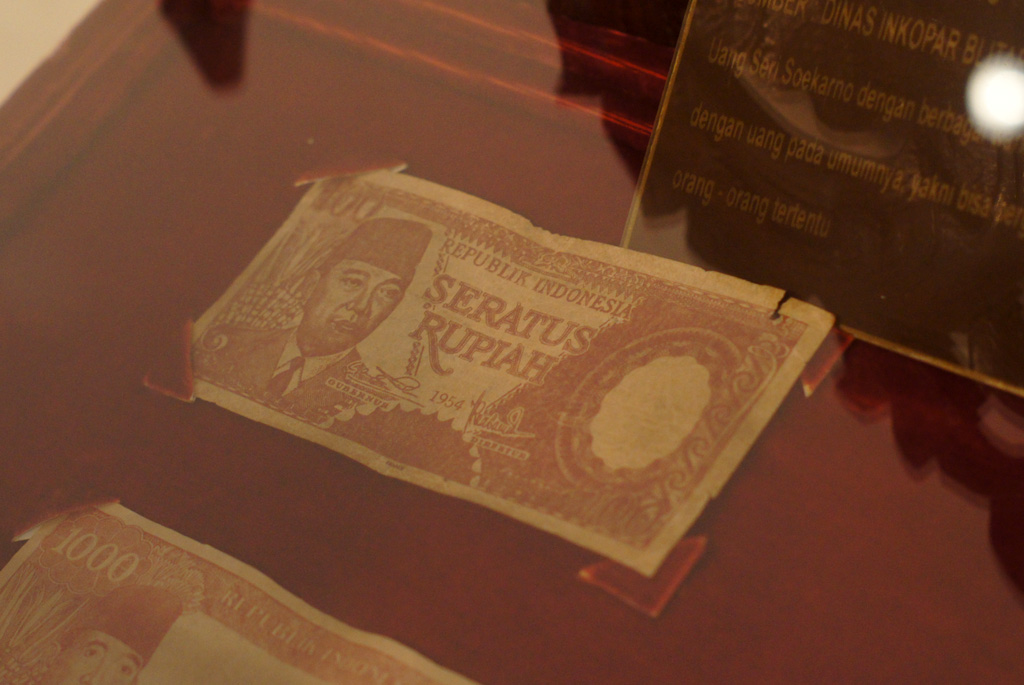
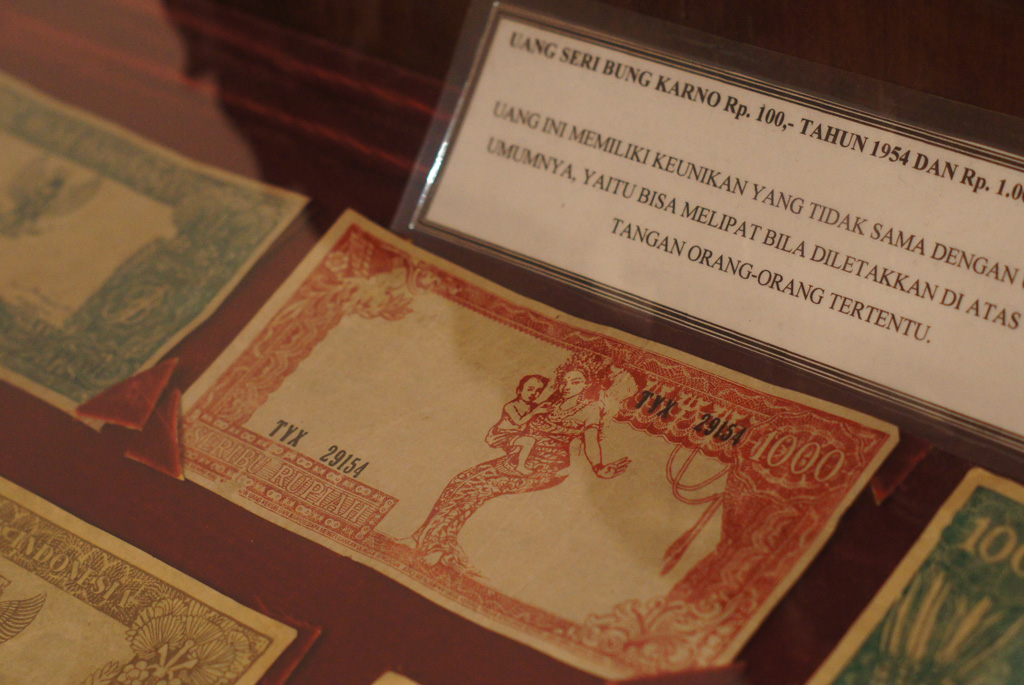
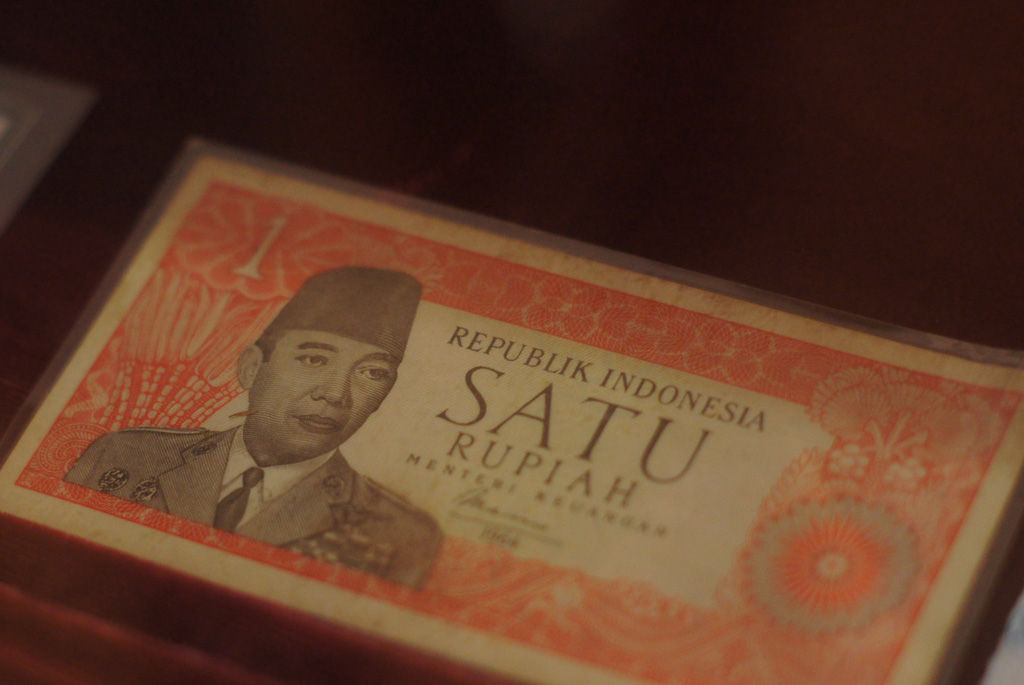
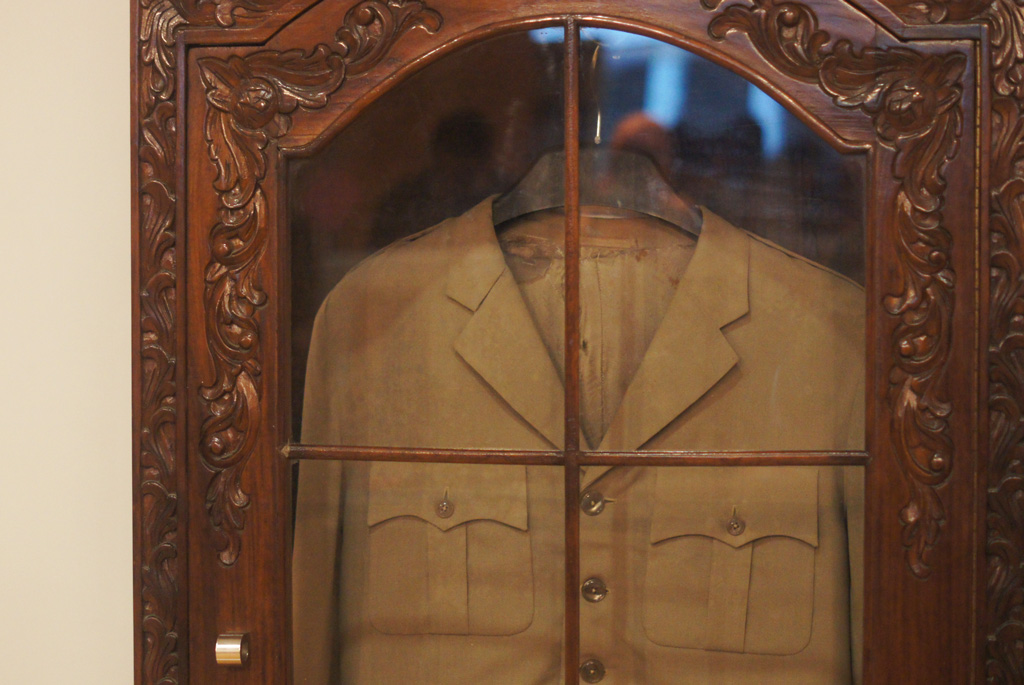
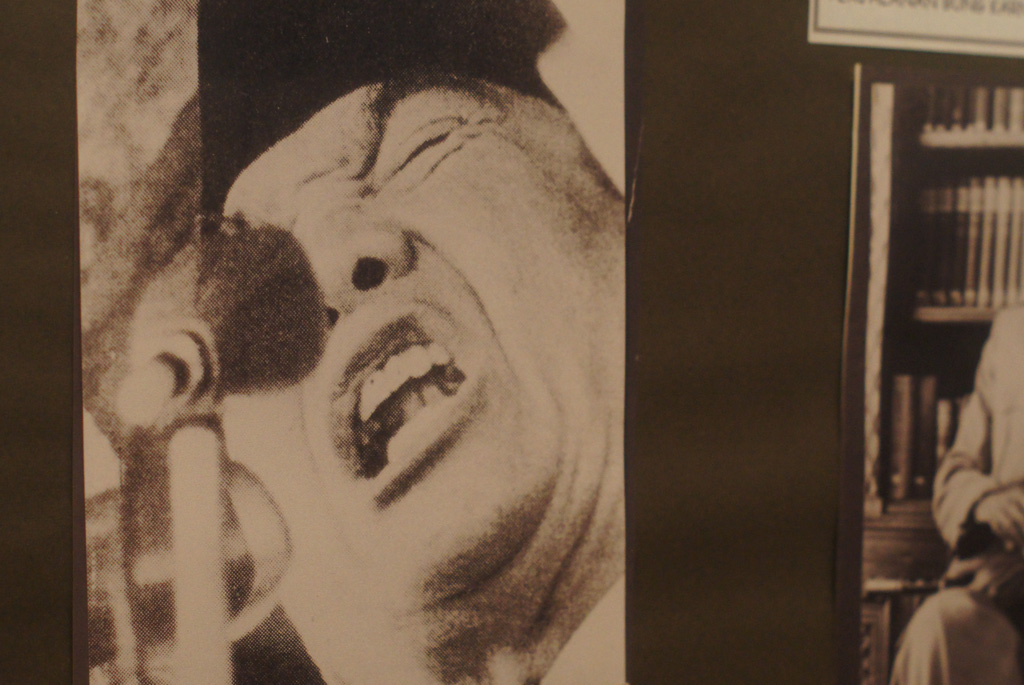
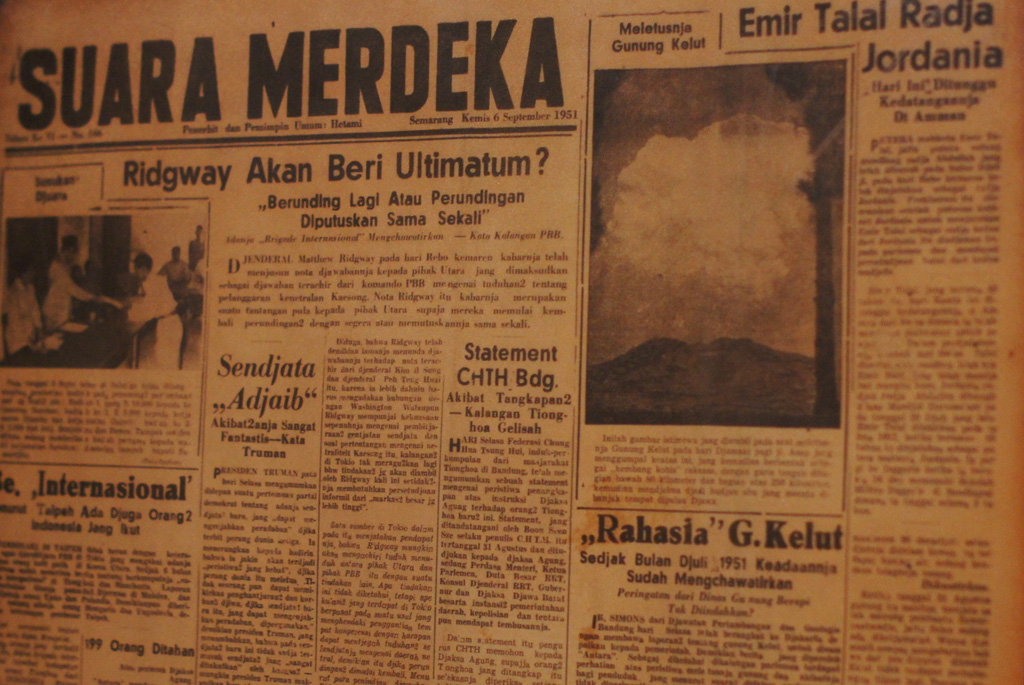
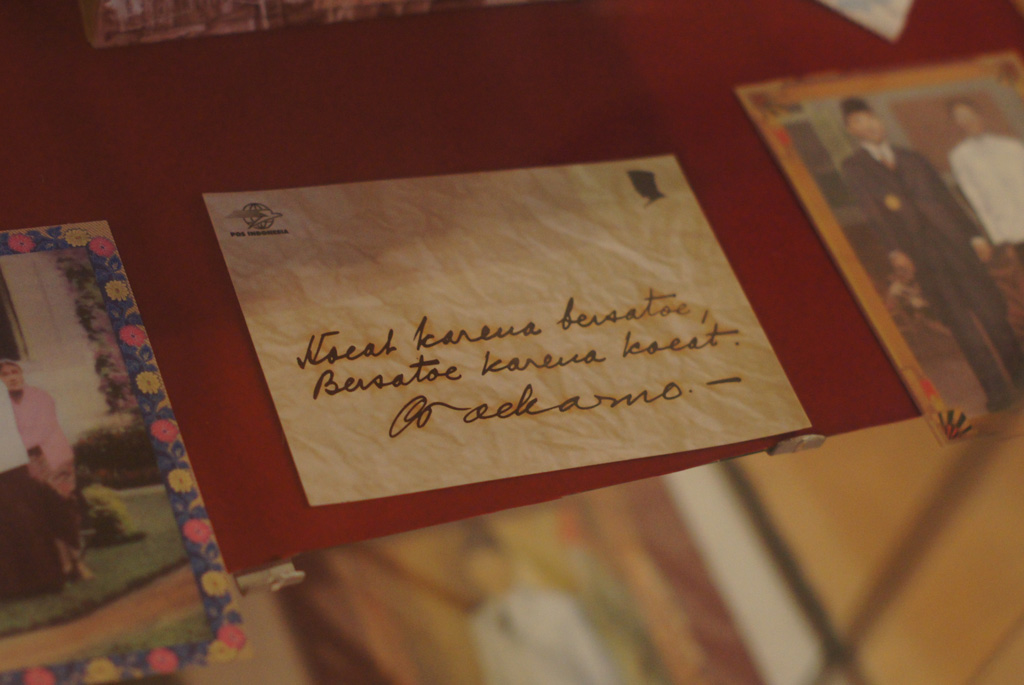
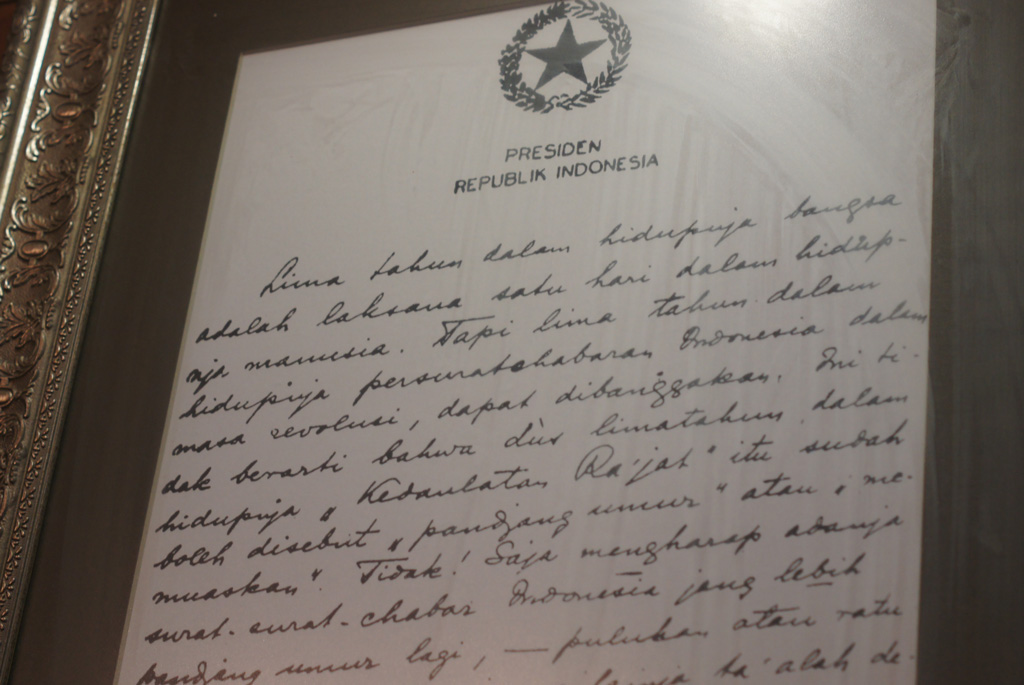
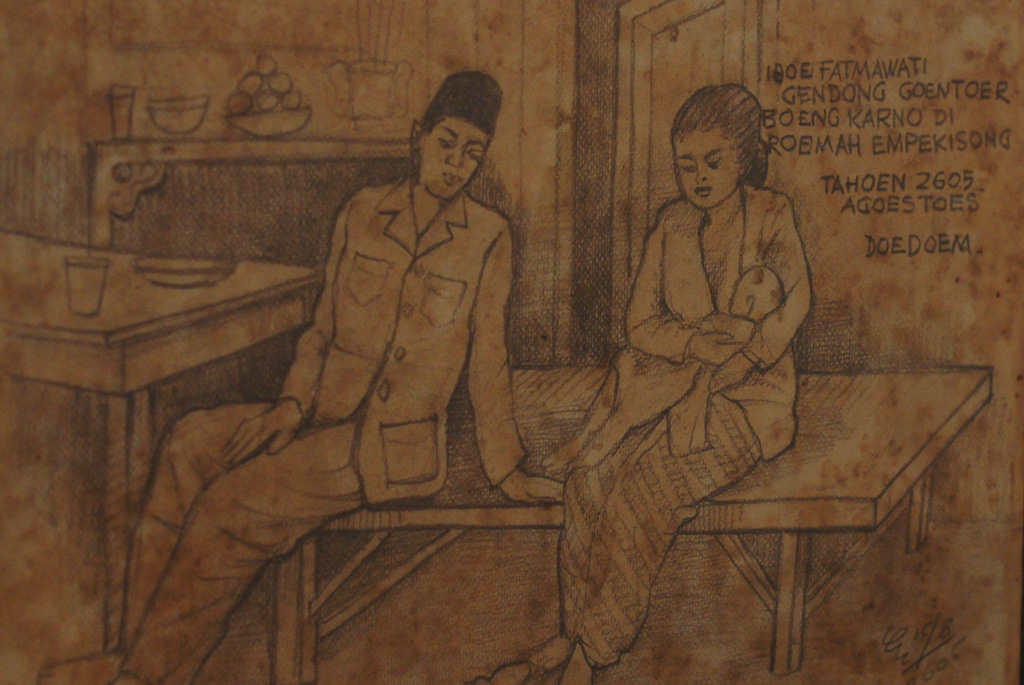
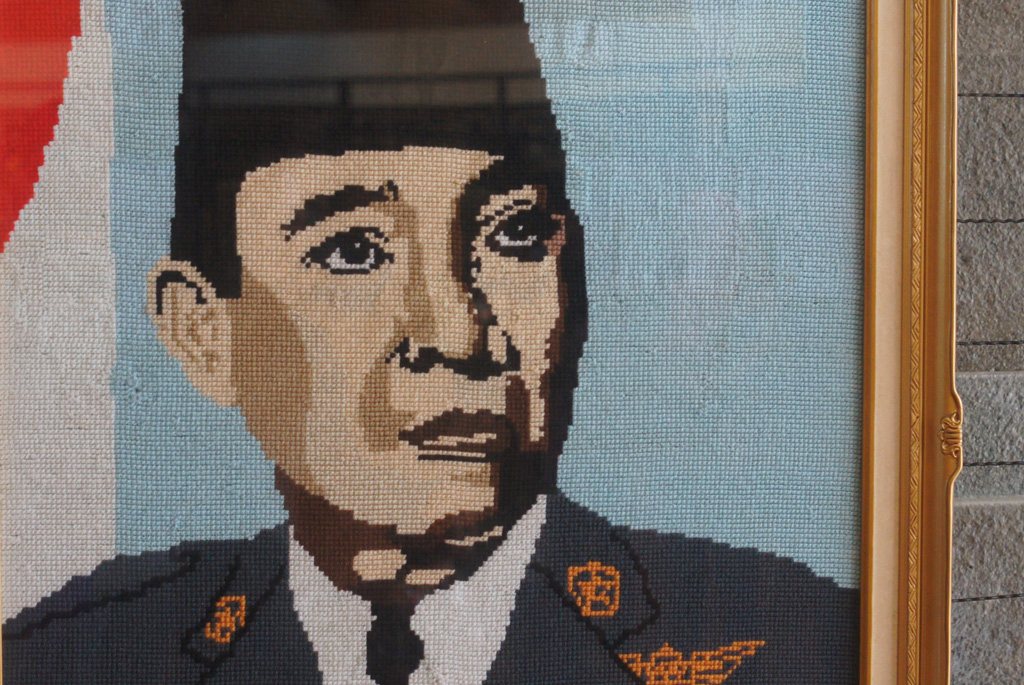
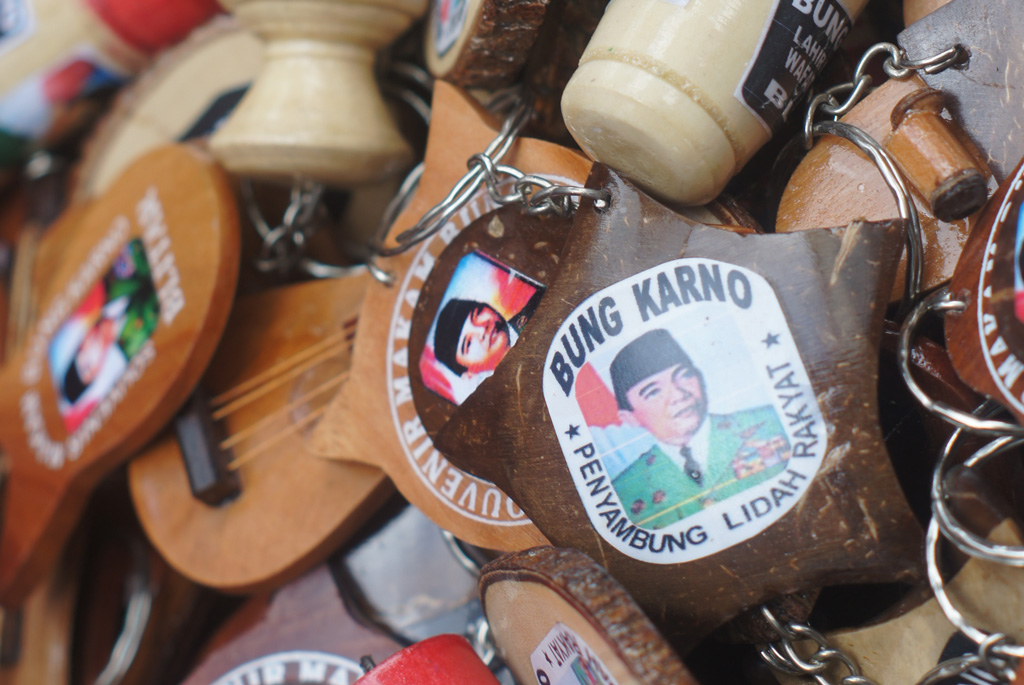
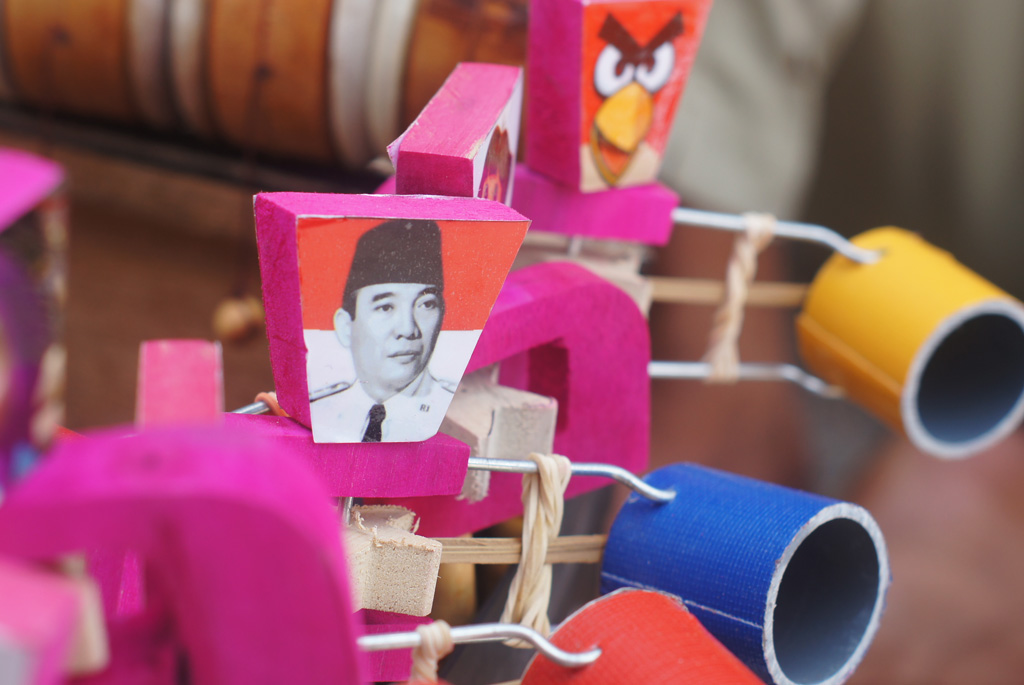
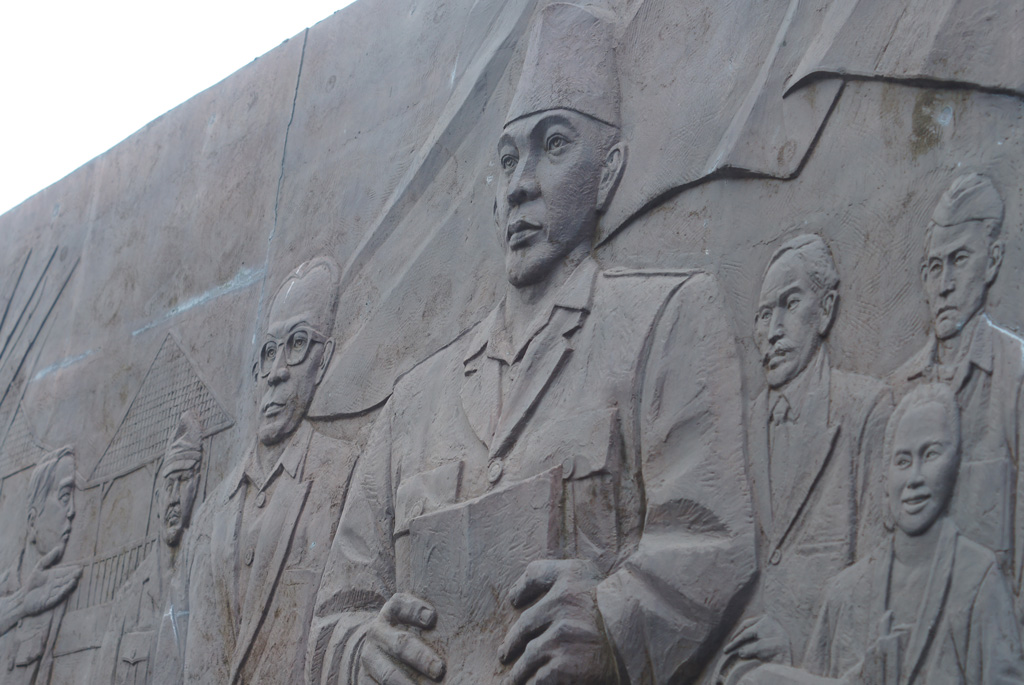
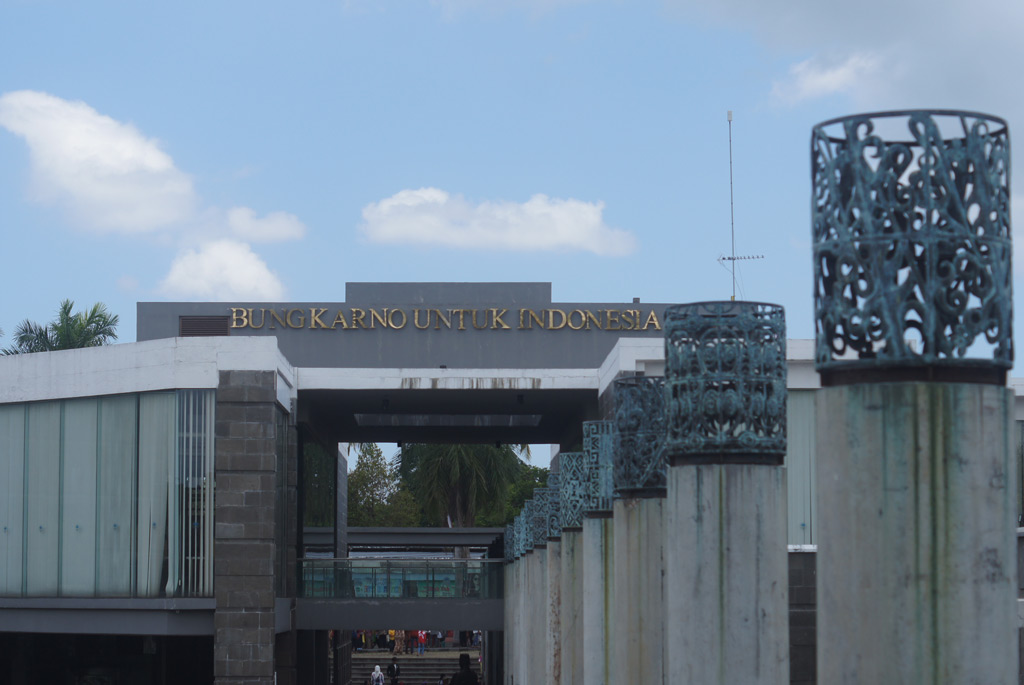
Etymologically, the term “museum” came from an ancient Greek word, “Muze”- describing the nine goddesses of Zeus symbolizing science and art. Pythagoras and Plato then used the word to call the place where they contemplate on researching philosophy – a representation of how they honor the nine goddesses of science and art. The definition that still used until now, where we use the term to call a place that contains things that matter from the past, a place to conserve and contemplate what history has told us.
Unfortunately, there is a bitter paradox in describing museums in Indonesia. Museums either deteriorate because of poor maintenance or due to the lack of excitement from the people paying a visit. While the awareness of the importance of the history has been rising recently, where events like Kota Tua festival held in Jakarta, in other places, museums still struggle to become relevant. Keeping museums alive is not an easy job to do.
Nestled in the heart of Blitar, a short two-hour drive from Malang, Bung Karno Museum is an exception to that paradox. Not only has it stayed relevant, it also achieved a state where the museum itself became a trademark of the city. Alongside Penataran Temple, Bung Karno Museum is the main icon of Blitar’s tourism. When you arrive in the city, sooner or later a local driver will ask you, whether you need a ride to the museum or not.
Blitar is a city with a clement atmosphere. Imagine a quieter Solo City with a slightly cooler temperature. The streets are quiet, compared to cities surrounding Blitar (where cities like Malang and Kediri is starting to deal with heavy traffic 7 days a week), and the landscape is quite enjoyable. Regarding the museum, one can feel how this particular institution became the heart of the city. On every side of the road, we can find every possible Soekarno merchandise, from the t-shirts, wooden keychains, to kid’s toys bearing pictures of Soekarno.
The original location of the Bung Karno Museum was in an area where Indonesia’s first President, Soekarno spent his childhood: Gebang Palace. Soekarno spent some of his earliest years in there before moving to Mojokerto at the age of six. In 2004, the government decided to restore “the Gebang Palace” and move the museum to the location where Soekarno was buried. The Gebang Palace is currently being restored and is closed for public.
The government hired two architects from Soekarno’s almamater, Bandung Institute of Technology graduates Pribadi Widodo and Baskoro Tedjo, to work on the building’s design. The result is a museum in semi modern architecture that is divided into four buildings. The main entrance is a hall where we can see a huge tin statue of Soekarno. On the right is the main building where we can see paintings, photos and memorabilia of Soekarno, like the briefcase that accompanied the president when he was exiled in Sukamiskin Prison, Flores and Bengkulu. On display is also a very special red and white flag made from amukena that once flew where the Indonesian Independence is declared, Rengasdengklok. Left of the museum complex is a library where we can read Soekarno related and other books as well.
The highlight of the visit might be how embedded mysticism became a particular identity of this museum. The mysticism is so subtle that it’s already greets the visitor the moment they enter the building. Just behind the entrance door, we will see a 1,5×1,75 meter painting of Soekarno. Not just an ordinary painting, this particular piece of art is rumored to be a living painting. Many said that the painting had a beating pulse in the heart spot of Soekarno. It beats on 60-70 beats per minute, almost the same rate of the pulse of functioning human heart. The museum is also a place where they kept an ancient Kris named Kiai Sekar Jagad, an old Gamelan instrument with prayers surah and fresh flowers resting around it, and there is an old piece of money that mentioned to have the ability to unfold by itself.
That mysticism becoming an attraction might have something to do with Soekarno’s cemetary being behind the museum. The entrance is a huge temple-like gate called “Gapura Agung”. The main building, “Cungkup Makam Bung Karno,” is built in a three level architecture. In the “cungkup” is “Astono Mulyo”, a sacred stone with the writing “Here Lies Bung Karno, The Proclamator and the First President of Indonesia, Indonesian’s Messenger.” The grave of Soekarno is placed between the grave of his parents, on the left side is the grave of his father, Raden Soekeni Sosrodiharjo, and on the right side is his mother grave, Ida Aju Njoman Rai.
Pilgrims used to be allowed to only watch the tombstone from a distance, but in the era of Abdurrahman Wahid and Megawati Soekarnoputri, they change the rules and removed the barricade so that pilgrims could directly see and touch the tombstone of Soekarno.
People from around the country fill the museum and the grave site every day. Some visit the museum and see the grave, some are curious about its embedded mysticism, some of them pay a prayer in the tomb of Soekarno. There are a special days where people from Madura pay a prayer to the tombstone. The museum has also become a political pilgrimage for presidential hopefuls.
Soekarno once said “I’m hoping that my funeral will be under a shady tree, surrounded by a beautiful riverside view with a fresh air. I want to rest between a wavy hills in the middle of serenity. A real beauty of my lovely motherland, a modest place, just like when I came to the earth in the first place.” This museum and his cemetery site might not be a perfect reflection of what Soekarno wished, but it is clear that all of its charm and magical appeal is quite accurate to represent what Soekarno means to this country.








